Announced in the January of 2013, Tokyo Mirage Sessions #FE is the collaboration between Nintendo studio Intelligent Systems, and Atlus – the developers of the Shin Megami Tensei series. While it was originally advertised as Shin Megami Tensei X Fire Emblem, the game has slowly taken on more similarities with the SMT spin-off Persona than the original series.
Tokyo Mirage Sessions in its final product is completely different from what some might have imagined when they first saw the SMT X Fire Emblem logo way back in 2013. Considering Nintendo’s lack of experience in the RPG scene, is Tokyo Mirage Sessions a smash hit or does it lack what it takes to be a star?
The Plot
If you’re looking for some sort of deep storyline, you won’t find it in Tokyo Mirage Sessions #FE. While there are some points where the game is critical of the Japanese idol industry, most of the game falls upon anime cliches. As such, there are few surprises in the plot other than the usual shounen/shoujo twists and turns.
The game’s plot centers around Itsuki Aoi, and his childhood friend Tsubasa Oribe. Tsubasa is the survivor of an event known as the “Mass Disappearance” in which a number of talented artists — and their spectators — all disappeared (shocking, right?). It was after this event that Tsubasa decided she wanted to become an idol — just like her now disappeared older sister — so that she might have a chance of finding her.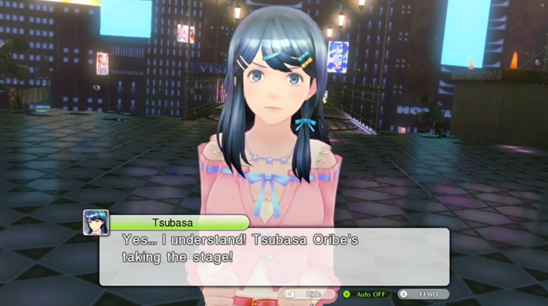
The above image more or less sums up the entirety of the “human” side of the story, as most of the plot points in the human world tie themselves to Tsubasa’s gradual rise to stardom. Along the way we meet a cast of colorful characters, including: the hero wannabe, Touma; the emo-pop star, Kiria; and the power obsessed Tsurugi. Each character has their own anime-style archetypes, and the story that they go through is somewhat inspired by the High School life found in Persona entries of the Shin Megami Tensei series.
Each character has their own side-story missions, and they reveal some interesting information on each character’s history. While these stories still fall upon the same anime archetypes, they do make the human side of the game a little more believable. That said, the human storylines are far from the most interesting part of the game.

The Fire Emblem characters in this game predominantly take the form of Mirages. Mirages share a similar premise to personas in the Persona series. Each one acts as a mask that the protagonists must rely on during battles with other mirages. This form – known as the Carnage Form – grants the protagonists various abilities, and is generally the focus of the plot outside the whims of the human world.
I won’t get into the names for spoiler reasons, but I can say that the entire cast comes from Fire Emblem: Shadow Dragon, and Fire Emblem: Awakening. The majority of the characters come from Shadow Dragon in particular.
The mirage side of the story is certainly more interesting than the melodrama of the human story. The main reason for this is that the Fire Emblem cast has no idea how they became mirages, but they do recall scant details of their previous lives. Thankfully, the personalities of the characters are still in line with their original designs, so if you were worried about this you need not be. It’s especially great seeing the antagonists’ personalities in this game since they are almost identical despite the context being changed.
Overall, the story is worth playing out for a laugh or pure enjoyment. Just don’t expect anything terribly deep or moving.
The Gameplay
In Tokyo Mirage Sessions, players will be spending most of their time in the idolsphere. These areas act as dungeons throughout the game, and they are the only place where players will face off against enemy mirages.
Most puzzles in the dungeons are fairly straightforward, and rarely will you find one that takes longer than a minute or so to figure out. What will get you confused, however, is the layout of the land. Many of the later idolspheres consist of narrow hallways with tall walls. As such, you won’t be able to see clearly where pathways lead. Thankfully, the game utilizes the Wii U’s gamepad as a map.
The gamepad is also used as a sort of cell-phone stand-in. Players will occasionally receive text messages via topic from various cast members. These will range from mission hints to random chat logs.
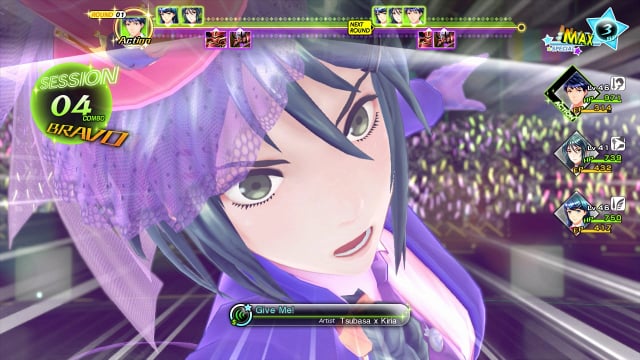
Battles are where Tokyo Mirage Sessions truly shines. A mix of flashy visuals, fast-paced turn-based combat, and unique character designs make Tokyo Mirage Sessions #FE a must-play for the battles alone.
While it may seem like a shallow inspiration, weaknesses and advantages in this game are based off the weapons triangle in Fire Emblem. Enemies based off of Fire Emblem characters or units share the same advantages and disadvantages they have in game. For example, a Myrmidon will suffer extra damage from a lance-based attack, while being resistant to attacks from an axe wielder. This also extends to the elemental triangle from Fire Emblem: Path of Radiance.
While there are many enemies inspired by Fire Emblem units, there are a fair share of Shin Megami Tensei inspired enemies as well. These are harder to defeat since their weaknesses aren’t as obvious…
What makes the battles enjoyable in Tokyo Mirage Sessions is the flow of battle. Boss battles that can go upward of 30 turns never feel as though they have been dragging on, thanks to the Session scenes that increase the pace of battles. Also, the random ad-lib attacks that you unlock via side story missions add a special flair to attacks that not only strengthen the attacks, but also give this game a unique personality.
That said, while playing Normal and Easy difficulty you won’t likely find this game particularly difficult. The game rarely punishes you for not learning the weaknesses or strengths of opponents, and rarer still will you find yourself unable to progress should you choose to be stubborn and play only with your favorite cast members. That said, expect to grind and stock up on items for a great portion of the game if you choose to do so. If instead you choose to play the game properly, Hard mode will give you the true JRPG experience you are looking for.

Tiki’s appearance in this game is important in any run beyond Easy difficulty as her ability to create new weapons, as well as give characters new passive abilities, makes her an invaluable asset.
The Presentation
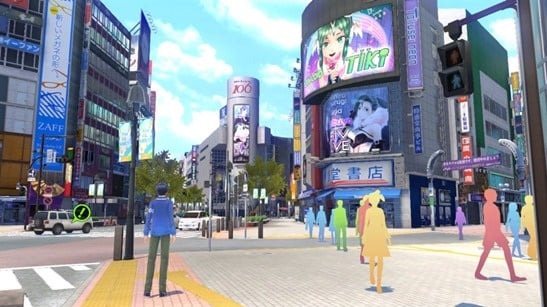
If you want a game that makes you feel like you’re walking around in an anime, look no further than Tokyo Mirage Sessions #FE. In fact, the game has so many heavy-handed anime inspirations that you might find yourself hard pressed to watch anime for a while afterward. Everything from the way buildings and areas are modeled, to the touch of making background people single-colored models is truly something that needs to be experienced in order to do the game justice.
The animated segments of the game are also something to be desired. Most of these segments take the form of music videos, and their ability to capture both your attention and awe is something remarkable. I personally found it difficult to dislike any of the music tracks as each one is catchy in its own way, and players are likely to find at least one artist they find particularly enjoyable.
Speaking of which, the soundtrack in this game is truly amazing. Overworld tracks are mostly new songs that have been designed for this game in particular, and they never get in the way of the enjoyment of the game. This is mostly due to the fact that they act almost like environmental sounds despite being composed area theme tracks. In fact, most of the overworld songs are hardly noticed until you mute your TV.
On the other hand, various event and battle themes are based on music directly taken from Fire Emblem games. These include the Fire Emblem theme which is given a J-Pop remix, and even leveling up brings about the “level up” jingle from the games. Other sound effects are there too, and they help make the game feel familiar to Fire Emblem fans entering the series.
Even the battle theme from Tokyo Mirage Sessions #FE (above) hides the battle theme of a Fire Emblem game (below) behind a strong techno remix.
The Verdict
Tokyo Mirage Sessions #FE is a great JRPG addition to the Wii U’s library. It takes elements from both the Persona series and Fire Emblem series to make something new, and it is truly something worth experiencing. The game is beautiful, the plot is enjoyable for anime fans, and the battles are exciting and flashy enough to capture the attention of any fan of either series.
I would recommend at least borrowing or getting the game on sale for the presentation alone. The battles, overworld, and even the dungeons are easily some of the most visually impressive on the Wii U. The anime style, as well as the abundance of color, really helps this game’s overworld pop out of the screen. This goes doubly for the battle scenes, and make this game easily one of of the most impressive games visually on the Wii U hardware.
While this is a great standalone title, I would still advise avoiding this game if you dislike anime or JRPGs in general. The themes and tropes of shounen and shoujo anime are fairly heavy in this game — and while they don’t get particularly bad at any point, it’s not exactly something you can play comfortably if you aren’t familiar with either genre. If you are a fan of those genres, however, you will enjoy this game as much — if not more — than I did, easily.
For its beautiful style, and exciting battles, I give Tokyo Mirage Sessions #FE a 9/10. While it probably won’t convince you to buy one, it is a must play for any JRPG fan who currently owns a Wii U.
Author’s Note: This game was reviewed using a free review copy on the Wii U.



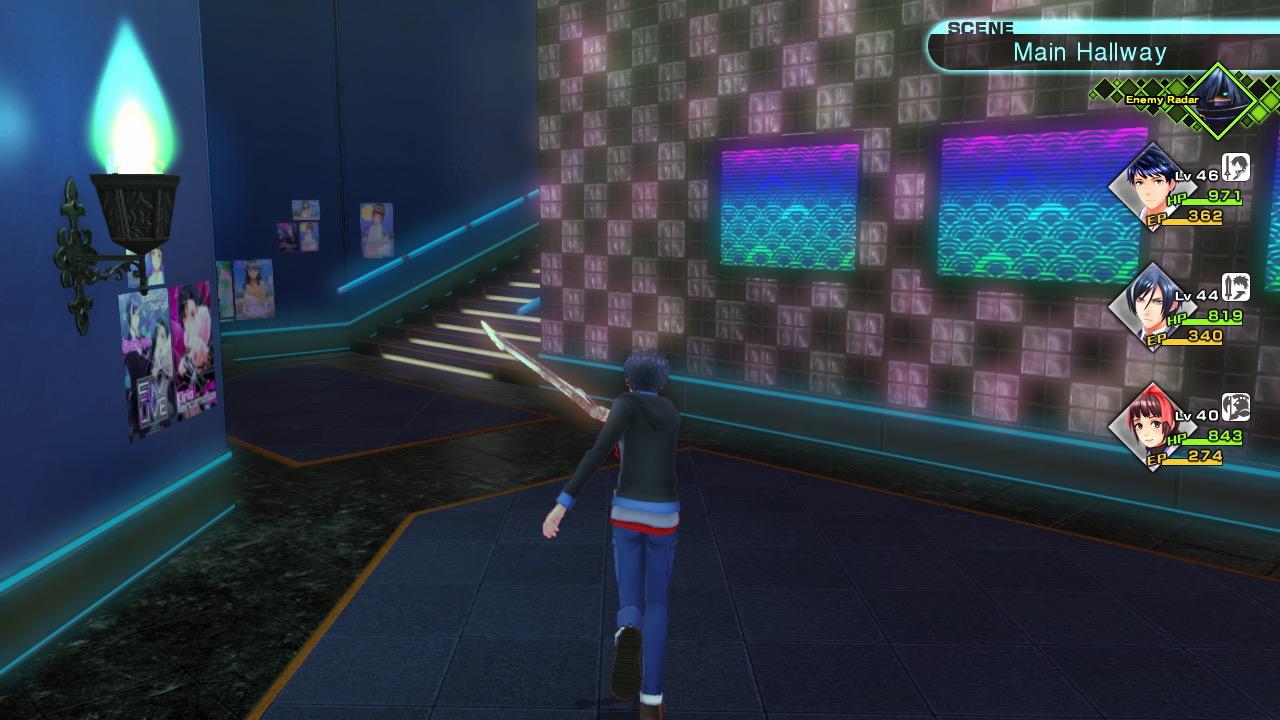
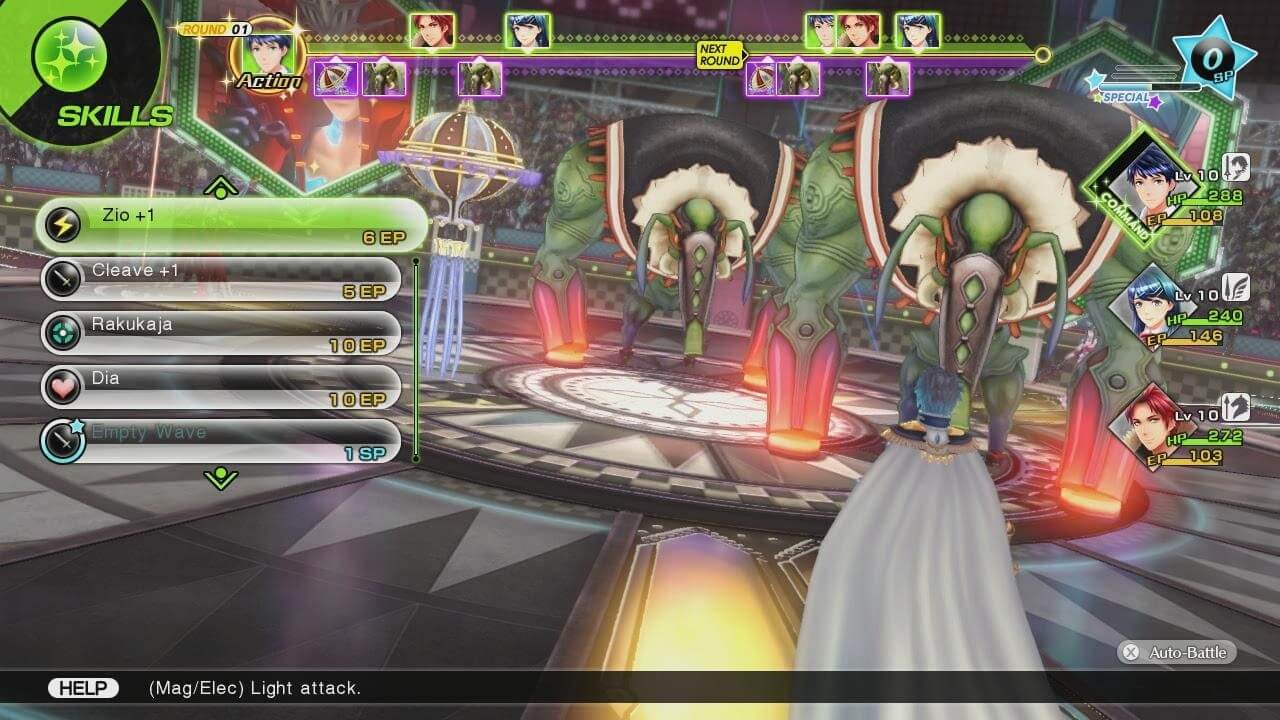
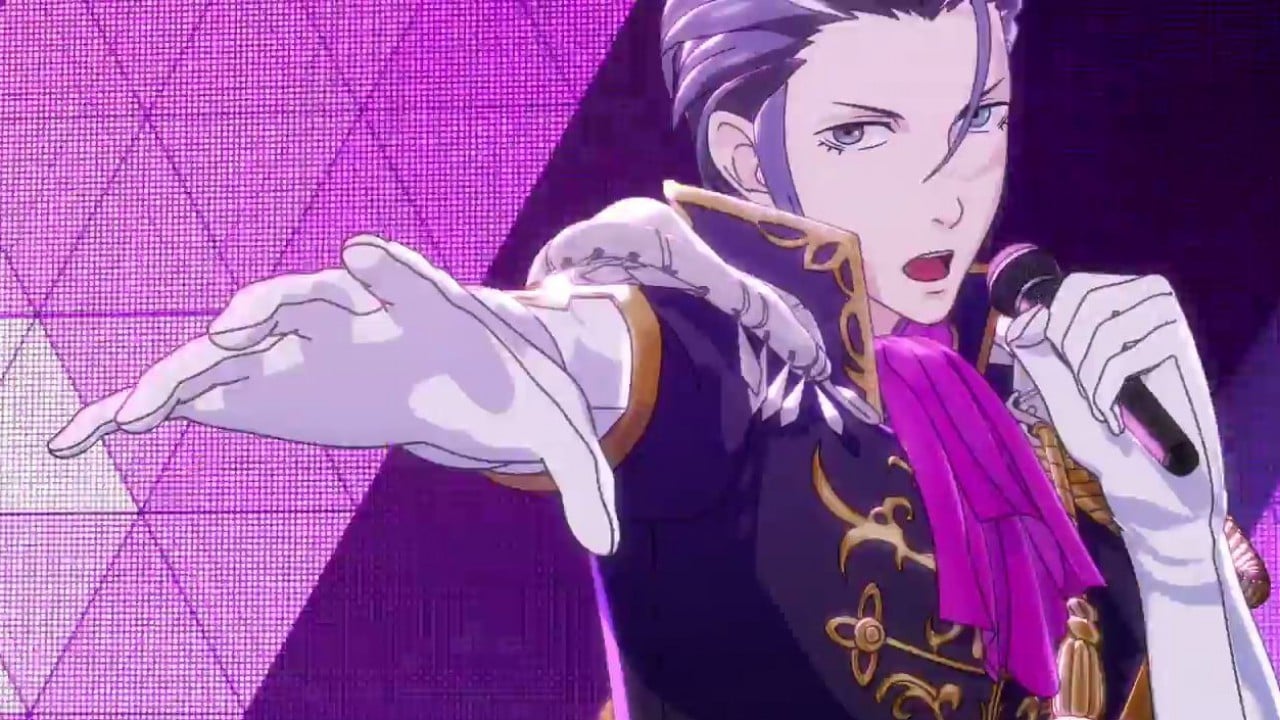
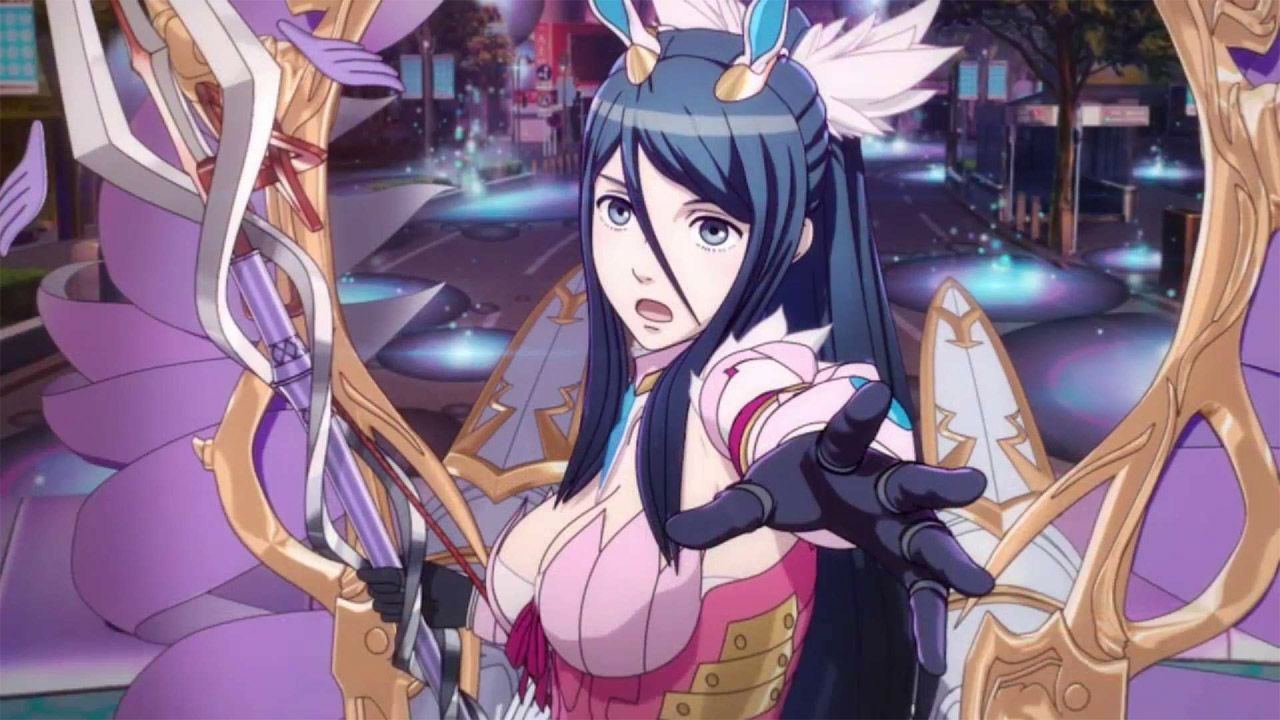





Published: Jun 22, 2016 04:37 am